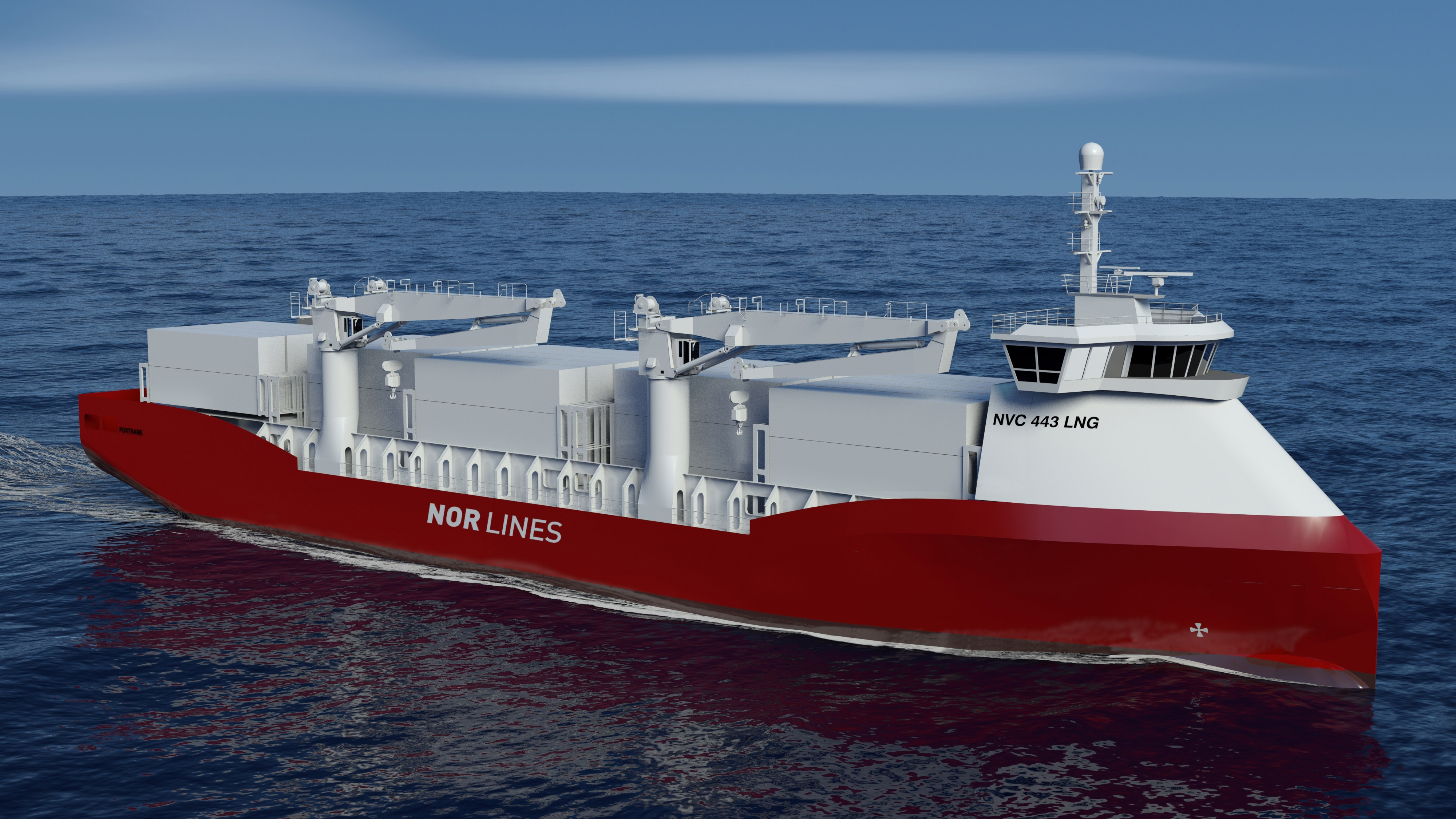Norway’s Green Coastal Shipping Programme, organised and headed by DNV GL, has doubled its membership, from 18 to 35 since its launch in spring 2015, the first phase of feasibility studies for 5 pilot projects have also been completed.
Through real projects, learning by doing and the full-scale testing of new technology, the aim is to fulfill DNV GL’s vision of Norway being a global leader when it comes to clean, advanced and efficient coastal shipping.
Five pilots were initiated back in September 2015, with projects including several different ship types and infrastructures, with an emphasis on alternative fuel concepts:
– CargoFerry, a plug-in hybrid, led by the shipping company Nor Lines
– A next-generation green shuttle tanker, led by the shipping company Teekay
– A hybrid ocean farming vessel, led by ABB & the Cargo Freighters’ Association
– The conversion of a cargo carrier into a battery-hybrid LNG carrier, led by NGA & Øytank Bunkerservice
– A pioneering green port project, led by Risavika Port
Now DNV GL has confirmed that the pilots’ first phase of feasibility studies has been concluded and the classification society says that each project will be followed up in the programme’s second phase.
The second phase of the programme will start this summer, with two main activities. One is to bring industry and policymakers together to define efficient incentives and mechanisms to bring about the necessary changes in the domestic fleet. For various measures, business economic and socioeconomic analyses will be performed and consensus on how to overcome barriers will be established.
The other is to follow up the pilot projects developed in phase 1 and lift a second batch of pilots, focusing on zero-emission solutions that include biofuels and hydrogen, as well as LNG and batteries for new segments. This will be a unique opportunity for companies to learn from others and to influence future regulatory, financial and procurement instruments and incentives.
Remi Eriksen, DNV GL Group CEO says: “To achieve the targets set by the Norwegian authorities for 2030, we need to act fast. Although shipping is by far the most environmentally friendly means of transportation, we need to work hard and smart to reduce its emissions significantly.”
In a study recently carried out by DNV GL and submitted to the Ministry of Climate and Environment, DNV GL stress the need for fresh thinking. DNV GL called for all new ships which are to operate along the Norwegian coast to use alternative fuel – they say that heavy oil cannot be an option for the new ships prepared for short sea shipping. By doing so, Norway will again set the direction for the shipping industry and continue to be a front-runner, they say.
Image: The first pilot project, CargoFerry Plug-in Hybrid, aims to develop a cost-effective and profitable short-sea container ship that is powered by a plug-in hybrid LNG/battery propulsion system (Photo courtesy of: DNV GL).
Ship Efficiency Review News
To contact the reporter responsible for this article, please email editor@fathom-mi.com































